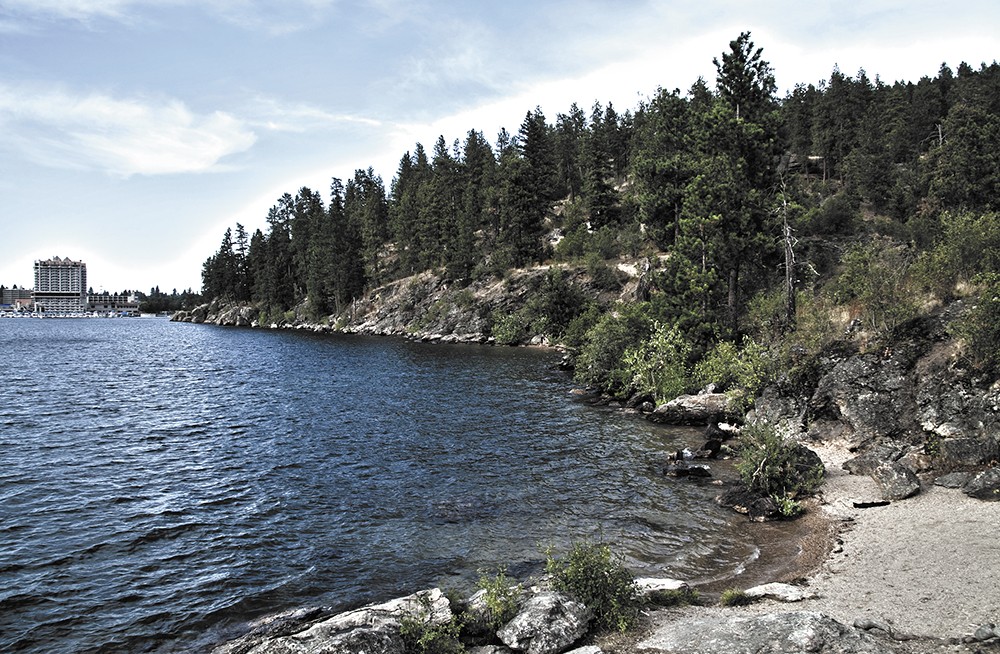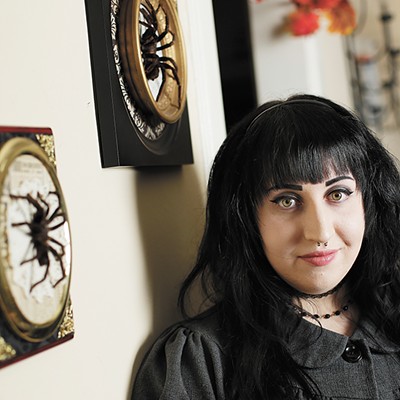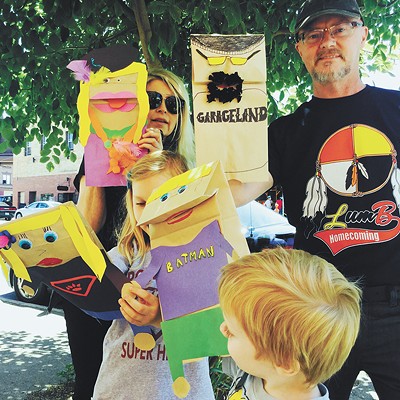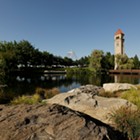On the Saturday morning of Aug. 22, 1964, Coeur d'Alene's fire chief was walking with his family on Tubbs Hill when he spotted bloodstains on the ground. He followed the trail of blood about 60 yards through brush and rocks to the shore, to a scene he surely hoped it would not lead: the naked body of a teenage girl floating face down in the shallow water of Lake Coeur d'Alene.
The summer she was 17, Susan Stewart came from Missouri with her mother and brother to spend a few months in the resort town on the lake. Her parents were from the area, and her father was an Army sergeant stationed in Okinawa. The family planned to join him overseas when the season ended.
On the evening of Friday, Aug. 21, Coeur d'Alene was sunny and still summer-warm. In Seattle, police were setting up barricades against throngs of teenage girls screaming for the Beatles on their world tour stop. In Atlantic City, Democrats were gathering for the national convention under the pall of John F. Kennedy's assassination nine months earlier. In Saigon, protests against the military regime were escalating into chaos in the streets. In the relative peace of Coeur d'Alene, Susan Stewart left home around 7 pm to go for a walk.
A bloody rock was determined to be the murder weapon. The victim's face and head had been so violently beaten that it took some time to identify her as Susan Stewart, who'd been reported missing Friday night when she failed to return home. Her father rushed back from Okinawa; the bloody rock was sent to Washington, D.C., for FBI testing. The police chief, who'd taken over just three weeks earlier, called it "the biggest case we have had in the 18 years I've been in the Coeur d'Alene Police Department."
It was a case full of intriguing clues that led nowhere. Police said they found no reason to believe sex was a motive. An autopsy revealed the teenager was pregnant when she was killed, but the likely father was located back in Missouri and ruled out as a suspect. Her clothing was missing, from her green blouse to her blue cutoff jeans, and the only item of hers ever found was a chain with a religious medallion.
A community effort to comb the hillside a week later turned up nothing. Police chased leads across the Northwest and administered more than a dozen polygraph tests, but discovered nothing. A reward for information was set; a memorial service was held. Susan's mother and brother moved overseas to join her father as planned, and the murder receded from the headlines into the uneasy silence of stories without endings.
The case remains open and officially under investigation, with no active leads.
Had she lived, Susan would be 67. She might now be a grandmother tending children at the lake or a retiree on a cross-country road trip or a lady at the grocery store who passes by unnoticed. She might have been dealt a more common death by car crash or heart attack or cancer. She may have left Coeur d'Alene at the end of the season and never returned.
Instead, she lingers in questions that fade but never leave the place where land meets water, where 50 years have worn the sharp edges off the Who and Why and left only the unanswerable What if? ♦






















